When I think of luxurious, timeless kitchen design, marble countertops immediately come to mind. There’s something undeniably captivating about the elegant veining and the natural beauty of marble that makes it a popular choice for kitchens, especially in modern designs. Marble has been used in architecture and design for centuries, but it’s seeing a resurgence in contemporary kitchens. Marble countertops add an element of sophistication that few other materials can replicate, and when used for a central kitchen island or work surface, they become a true focal point. However, while marble countertops offer beauty and a touch of opulence, they also come with unique considerations, especially in a busy kitchen environment.
One of the primary reasons why marble is so popular in modern kitchens is its aesthetic versatility. Marble comes in various types, with different patterns, colors, and veining. White Carrara marble is a popular choice for modern kitchens, with its subtle, soft gray veining that looks clean and minimalist, ideal for a contemporary design. For those seeking a bolder look, Calacatta marble, with its dramatic, broad veins, can make a statement. There are also other types like Statuario and Nero Marquina, which range from white to black marble, each with its unique veining pattern. This variety means there’s a marble type to suit just about any modern design aesthetic.
Beyond its beauty, marble also brings a unique tactile quality to the kitchen. Its surface is smooth, cool, and pleasant to touch, which is particularly appreciated by home chefs who enjoy baking. The cool surface of marble is excellent for working with dough, chocolate, and other temperature-sensitive foods. This is one of the reasons why marble has long been favored in professional pastry kitchens. In a home kitchen, it not only serves a functional purpose but also adds a sense of refinement and charm to the space, making the cooking experience more enjoyable.
However, marble countertops aren’t just about aesthetics and function; they require an understanding of their characteristics and maintenance needs. Marble is a metamorphic rock, primarily composed of calcite, which makes it more porous than other stones like granite or quartz. This means it can absorb liquids, leading to stains if spills aren’t cleaned up promptly. Red wine, lemon juice, and other acidic substances can easily etch or stain marble. Therefore, for those who choose marble for their kitchen, an awareness of its susceptibility to staining and etching is essential, and a commitment to proper maintenance is necessary to keep it looking pristine.
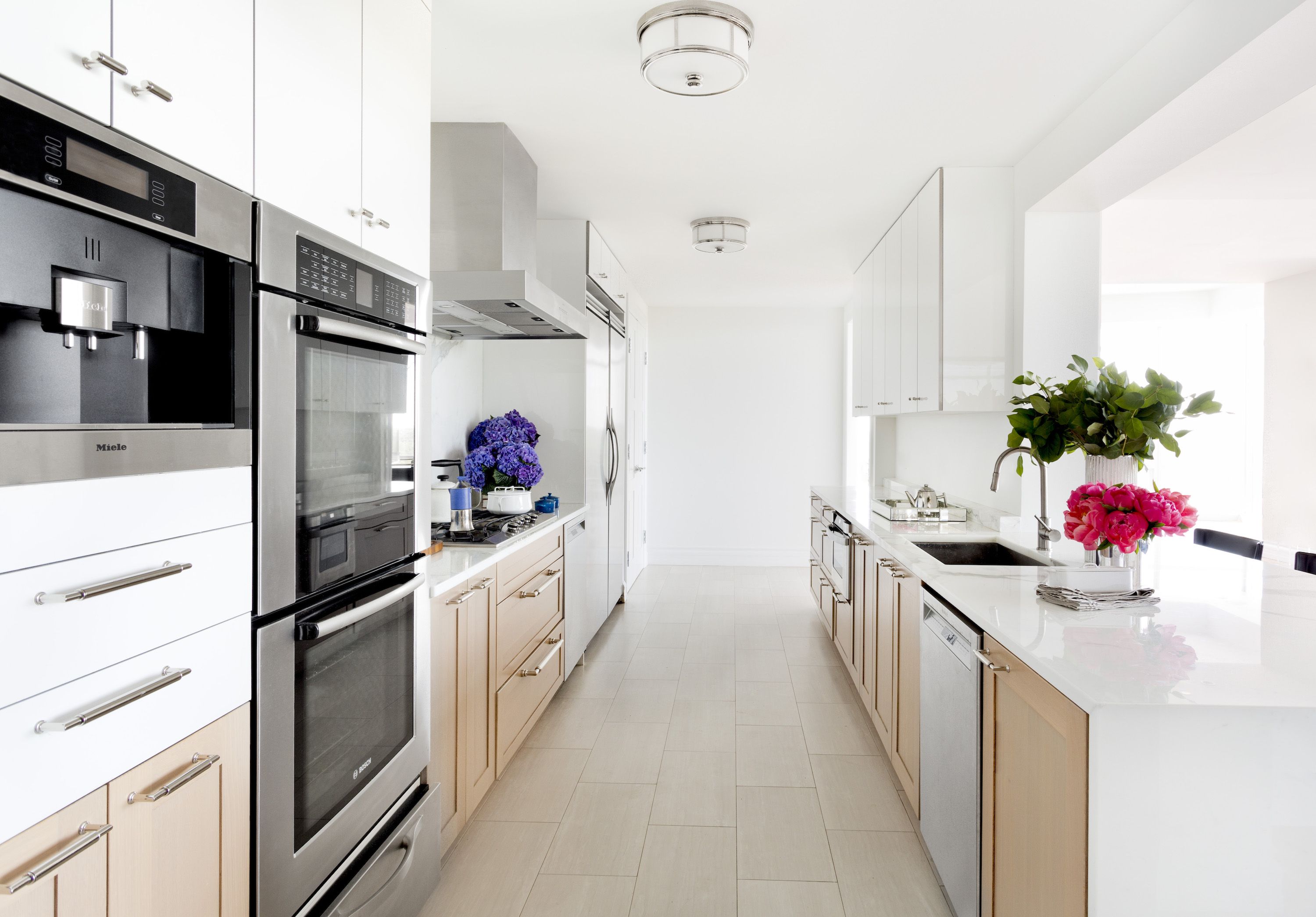
One way to manage the upkeep of marble is through regular sealing. Sealing marble countertops helps create a protective barrier, reducing the chances of liquids seeping into the stone and causing stains. Most experts recommend sealing marble countertops every few months or at least twice a year, depending on how heavily the surface is used. The sealant doesn’t make the marble stain-proof, but it does give homeowners some additional time to clean up spills. For those who love the look of marble but are wary of its upkeep, this commitment to maintenance is something to seriously consider.
Another factor to keep in mind with marble is its susceptibility to scratching. Unlike harder stones, marble is relatively soft and can be scratched or chipped more easily. Kitchen knives, pots, and other utensils can potentially damage the surface if not used carefully. Cutting boards are essential when working on marble countertops, as even the most careful cooks might accidentally scratch the surface. Similarly, trivets are recommended for hot pots and pans, as marble can be sensitive to heat, which may cause discoloration if hot items are placed directly on it.
The durability of marble can be a concern for those looking for a countertop that will look perfect for years without signs of wear. However, there’s a unique appeal in how marble ages. Many people appreciate the natural patina that develops over time, with small scratches and minor etching giving it character and a lived-in feel. In a way, marble evolves with the kitchen, showing evidence of years of use and family gatherings. For those who embrace the beauty of a well-worn surface, marble’s tendency to develop a patina can be a charming characteristic rather than a flaw.

In terms of design, marble countertops lend themselves beautifully to a range of modern styles. They can serve as a dramatic statement piece in minimalist kitchens, where their natural patterns provide contrast against flat surfaces and simple cabinetry. In a kitchen with dark cabinets, a white marble countertop adds a striking contrast, enhancing the overall brightness and making the space feel more open. In contrast, black or dark marble countertops can provide depth and sophistication to a lighter, monochromatic kitchen. Whether as a bold island countertop or an understated perimeter surface, marble brings a sense of balance and elegance.
Marble countertops also work well with other materials, which is an asset in modern, mixed-material kitchens. For example, pairing marble with warm wood tones can soften a contemporary kitchen, adding warmth to an otherwise sleek design. Metal accents, like stainless steel or brass fixtures, complement marble countertops beautifully, enhancing the space’s modern feel. For those who love blending different textures and finishes, marble provides a versatile foundation that works harmoniously with various materials to create a cohesive yet dynamic design.
While marble countertops can be an investment, they are worth the cost for many homeowners due to the value they add to a kitchen. Marble’s timeless appeal is unlikely to go out of style, which can be advantageous if you’re considering resale value. Potential buyers often appreciate the sophistication that marble countertops bring to a kitchen, making them a feature that adds to the home’s overall value. Investing in high-quality marble can also ensure longevity, as with proper care, a marble countertop can last for decades, maintaining its elegance through changing design trends.
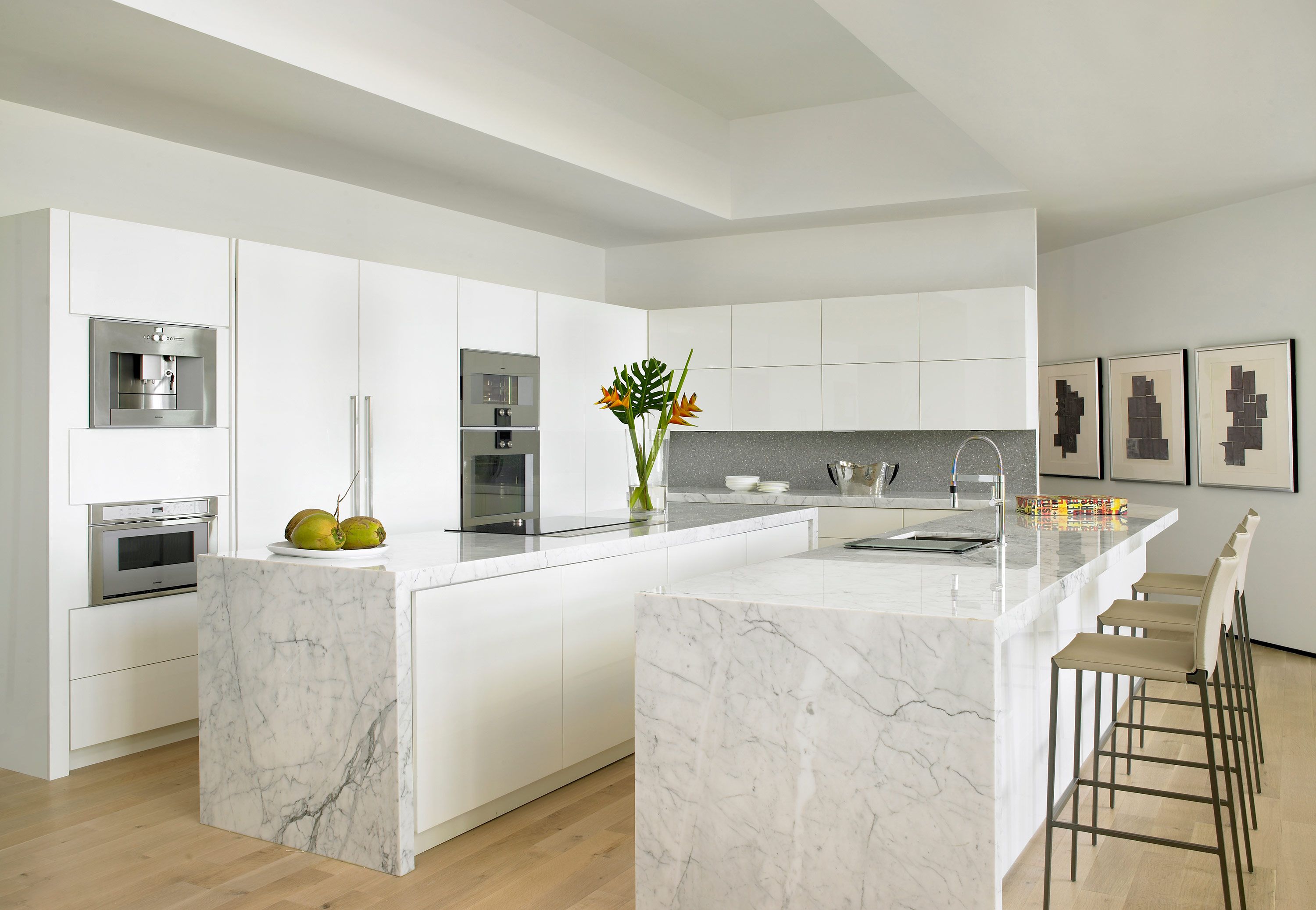
Another advantage of marble countertops is their ability to brighten up a kitchen space. Marble, especially in lighter shades, is highly reflective and can help amplify natural light. In a smaller kitchen or one with limited lighting, marble countertops can make the area feel larger and more open. This brightening effect is especially welcome in modern kitchens, where clean lines and open spaces are highly valued. The light reflection off a polished marble surface adds an extra layer of brightness, creating an inviting, airy atmosphere.
When choosing marble, it’s also essential to understand that no two marble slabs are exactly alike. Each piece of marble has unique veining and patterns, which means that your kitchen countertop will be one-of-a-kind. For those who appreciate individuality and character in their kitchen design, this uniqueness is a compelling reason to choose marble. It allows you to have a countertop that’s as unique as your kitchen itself, with natural beauty that can’t be replicated by synthetic materials.
While it’s true that marble countertops require a level of care that might be intimidating to some, for many, the benefits far outweigh the drawbacks. Marble offers a luxurious look that is hard to achieve with other materials, and its natural beauty can be worth the extra maintenance. For those who are prepared to take care of it, marble can transform an ordinary kitchen into a refined, stylish space that feels both modern and timeless. When you consider the enjoyment that a beautiful, well-crafted kitchen brings to daily life, the effort of maintaining marble becomes a worthwhile investment.
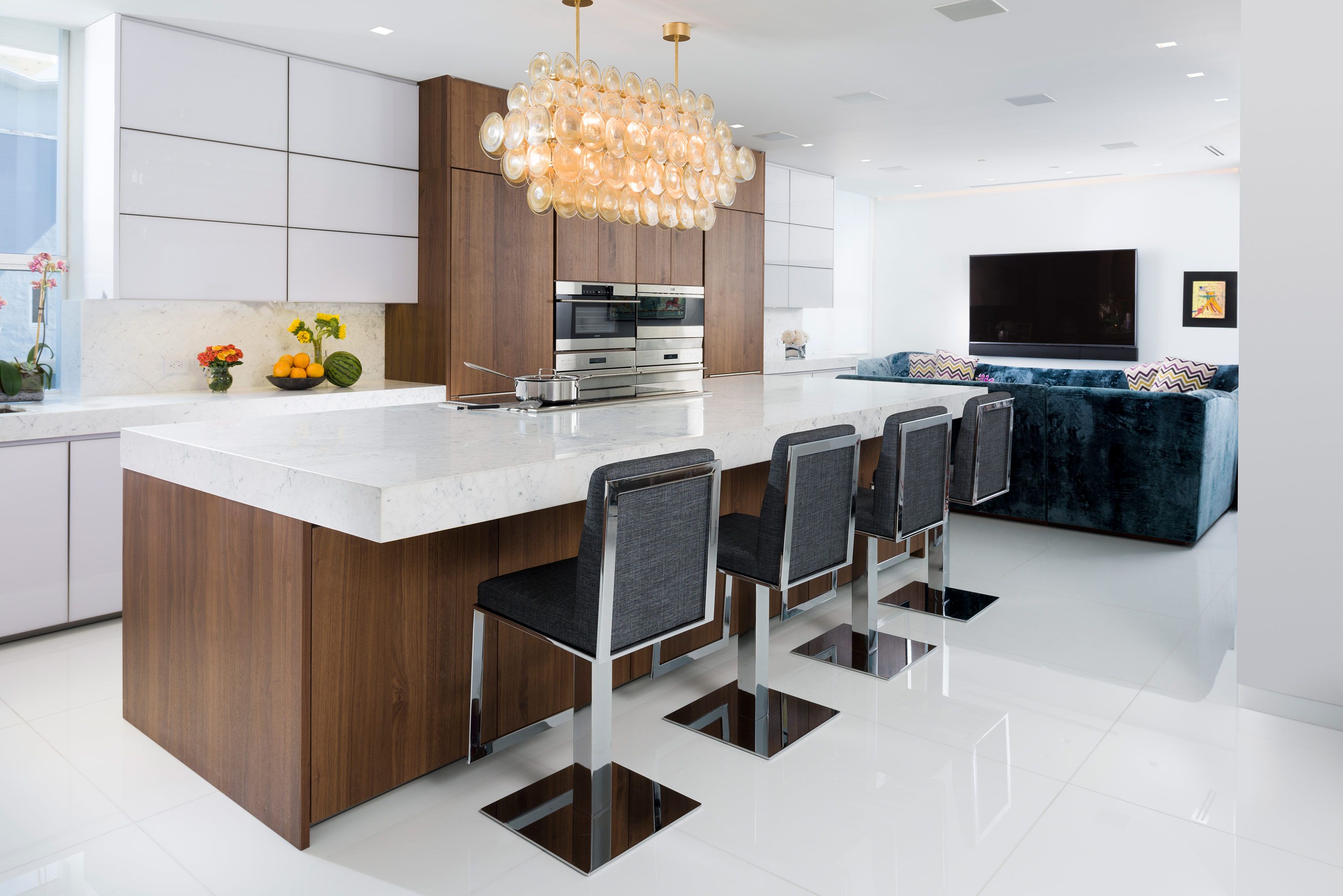
Common Mistakes to Avoid
One common mistake is choosing marble solely for its appearance without understanding its maintenance needs. Marble requires sealing and careful handling, which can be challenging in busy households. Another mistake is placing hot pots directly on the surface, as this can lead to heat damage and discoloration. Additionally, failing to use cutting boards can cause scratches, as marble is softer than materials like granite. Finally, neglecting to clean up acidic spills immediately can lead to etching, so it’s crucial to address these promptly.
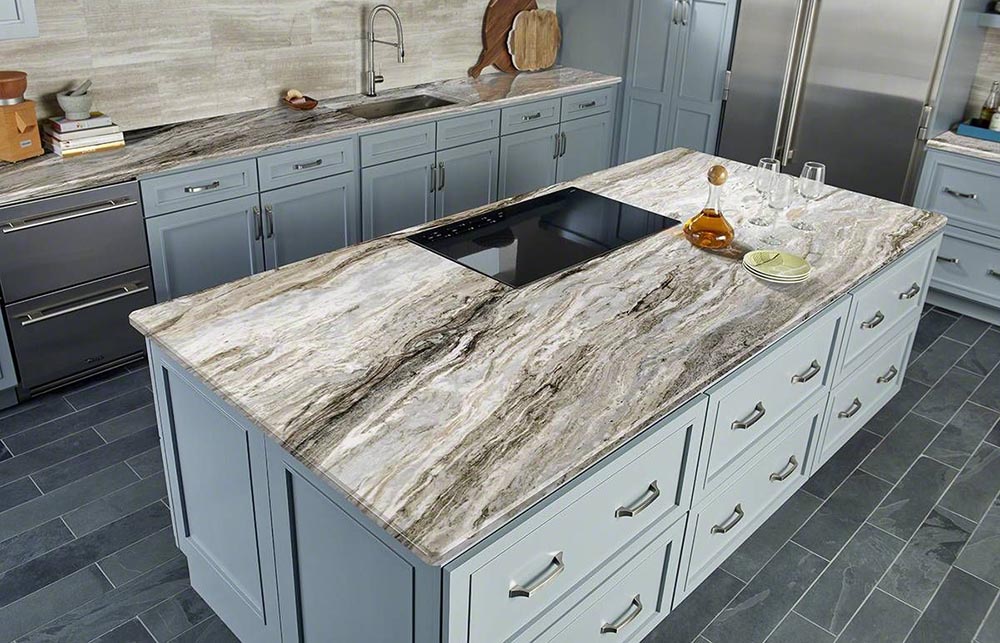
How durable are marble countertops in a busy kitchen?
Marble countertops are durable in many respects but require more care than granite or quartz. They’re susceptible to scratches, stains, and etching from acidic substances. With proper care—using cutting boards, sealing regularly, and avoiding acidic and hot items directly on the surface—they can last for decades.
Is marble a good option if I bake often?
Yes, marble countertops are excellent for baking. The natural coolness of marble is ideal for rolling dough, chocolate work, and other temperature-sensitive preparations. Many bakers appreciate the smooth, cool surface of marble, making it a classic choice for those who love baking.
Do marble countertops increase the value of a home?
Marble countertops can add value to a home, especially in a well-designed kitchen. They’re seen as a luxury material that appeals to buyers seeking elegance and sophistication. A well-maintained marble countertop can be a selling point, making the investment worthwhile for many homeowners.
How do I clean and maintain marble countertops?
Marble countertops require mild cleaning solutions, preferably pH-neutral cleaners, as acidic products can cause etching. Wiping spills immediately and using protective measures like trivets and cutting boards is essential. Regular sealing is also recommended to help protect against staining.
Can I install marble countertops myself?
Installing marble countertops is best left to professionals due to the weight, cutting needs, and precision involved. Marble slabs can be heavy and require specialized tools for cutting and polishing, making professional installation a safer choice for achieving a flawless finish.
Are there alternatives to marble if I want a similar look?
Yes, quartz and some porcelain surfaces can replicate the look of marble but with greater durability and less maintenance. These materials often mimic marble’s veining and patterns but are more resistant to scratches and stains, making them popular alternatives for a low-maintenance option.
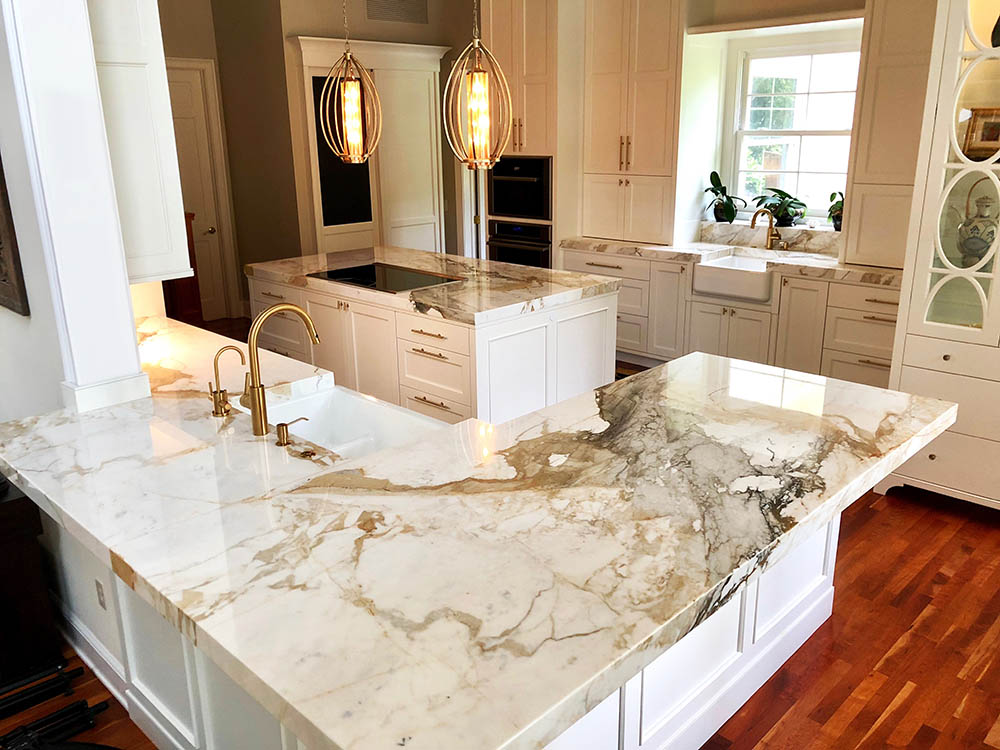
Related articles:
- DIY Refinishing Cultured Marble Countertops
- Marble Countertops In Bathrooms
- Cultured Marble Countertops
- Gray Kitchen Cabinets Marble Countertops
- Modern Kitchen Marble Countertops
- Refinish Cultured Marble Countertop
- Carrara Marble Countertops Bathroom
- Marble Countertops Types
- How To Refinish Marble Countertops
- White Gray Marble Countertops